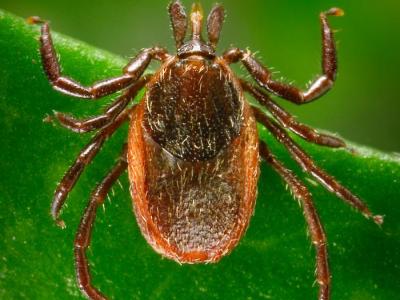16% of COVID-19 patients in NYC hospital had blood clots, study finds
Of the 3,334 consecutive patients hospitalized with COVID-19 at a New York City hospital, 553 (16%) had thrombosis (blood clots), according to a research letter published yesterday in JAMA.
Researchers at New York University Langone Health who analyzed the data of coronavirus patients hospitalized from Mar 1 to Apr 17 characterized the blood clots as deep vein thrombosis (DVT), pulmonary embolism (PE) and heart attack, ischemic stroke, and another systemic blood clot.
Among the 533 patients with blood clots (some had more than one type), 207 (62%) were venous (3.9% DVT, 3.2% PE), and 365 (11.1%) involved the arteries (8.9% heart attack, 1.6% ischemic stroke, and 1.0% systemic blood clots).
Of 829 intensive care unit (ICU) patients, 29.4% had blood clots, 18.6% of them arterial and 13.6% venous. Of 2,505 non-ICU patients, 11.5% had blood clots (8.4% arterial, 3.6% venous).
After multivariable adjustment, advanced age, male sex, Hispanic ethnicity, coronary artery disease, previous heart attack, and elevated D-dimer levels (indicating abnormal clotting) at hospital arrival were risk factors for blood clots.
COVID-19 patients with blood clots were more likely than other patients to die (43.2% vs 21.0%; P < .001). After multivariable adjustment, blood clots were independently linked to death (adjusted hazard ratio [aHR], 1.82; 95% confidence interval [CI], 1.54 to 2.15; P < .001), including both venous (aHR, 1.37; 95% CI, 1.02 to 1.86; P = .04) and arterial (aHR, 1.99; 95% CI, 1.65 to 2.40; P < .001) subtypes (P = .25 for interaction).
The authors said that blood clots in coronavirus patients could be due to conditions such as abnormal immune response, injury to the lungs owing to low oxygen levels, clot-prone blood, increased platelet activity, or abnormal narrowing of the blood vessels on the heart surface.
"While thrombosis is observed in other acute infections (eg, 5.9% prevalence during the 2009 influenza pandemic), the thrombotic risk appears higher in COVID-19," they wrote.
Jul 20 JAMA research letter
Aerosols in COVID-19 patient rooms contained live virus, researchers say
Aerosol samples collected from the hospital rooms of six COVID-19 patients in April contained infectious virus, adding to mounting evidence that the coronavirus is spread via aerosols in addition to large respiratory droplets, a non–peer-reviewed University of Nebraska study has found.
The study, published yesterday on the preprint server medRxiv, identified RNA from SARS-CoV-2, the virus that causes COVID-19, on reverse transcription-polymerase chain reaction, which cannot discern whether the particles are infectious. But increases in viral RNA on cell culture showed significant growth of infectious virus in 3 of 18 aerosol samples after 5 or 6 days. Western blot and transmission electron microscopy also demonstrated evidence of intact virus.
Airborne transmission of a virus is defined as spread via aerosol particles smaller than 5 micrometers (µm) in diameter containing live virus produced by an infected person that hangs in the air long enough to be inhaled by another person, who is then infected.
Previous studies have demonstrated that infectious aerosols can linger in the air for hours if unexposed to sunlight and suggested that COVID-19 clusters were linked to aerosol spread at a church choir practice in Washington state and a restaurant in Wuhan, China.
The authors said that the study shows that some aerosol particles smaller than 5 µm produced through normal breathing, vocalization, and coughing can contain infectious SARS-CoV-2, despite guidance from the US Centers for Disease Control and Prevention that recommends N95 respirators for healthcare workers caring for coronavirus patients in only certain high-risk situations and states that the contribution of aerosols to infection transmission is unclear.
"The infectious nature of aerosol collected in this study, taken with the other lines of evidence presented, illustrates that airborne transmission of COVID-19 is possible, and that infectious aerosol may be produced without coughing," they wrote. "Aerosol prevention measures should be implemented to effectively stem the spread of SARS-CoV-2, particularly in crowded settings."
Jul 20 medRxiv abstract












